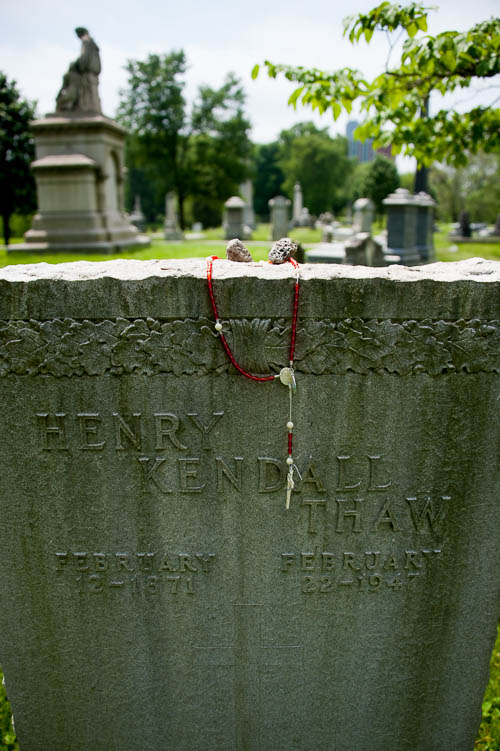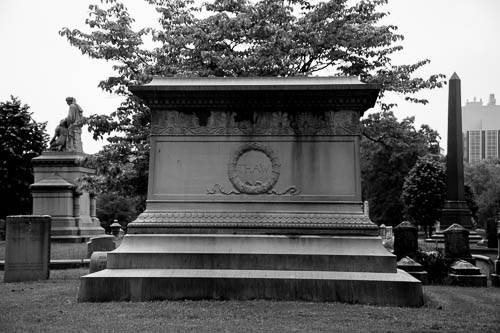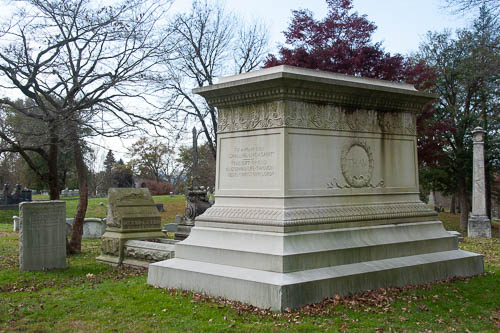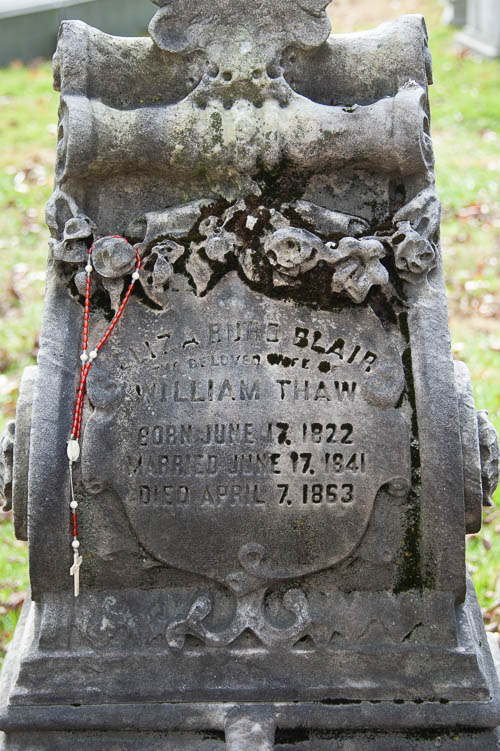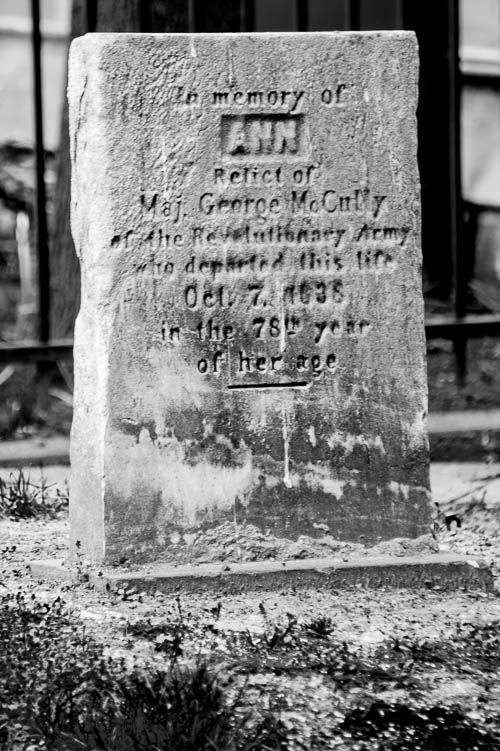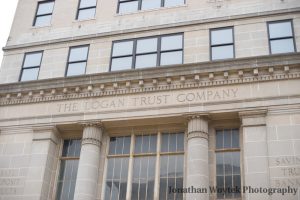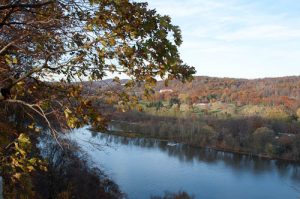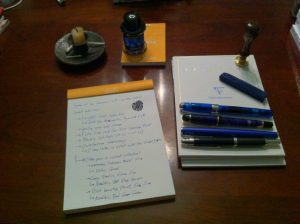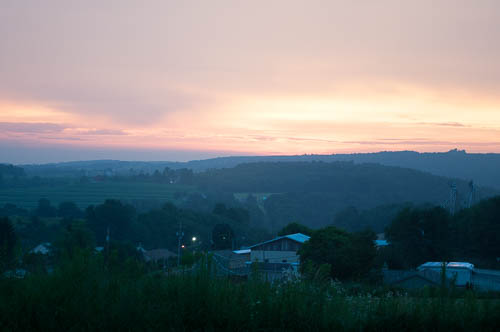
On July 11, 1804 – 215 years ago today – Aaron Burr shot Alexander Hamilton in their famous duel. Alexander Hamilton died the next day.
Burr reportedly travelled west through Pennsylvania in the duel’s aftermath.
Later, Burr was accused of conspiring to found a new empire and install himself as the leader. Burr allegedly travelled from Pittsburgh, down the Ohio River to Blennerhassett Island. Burr allegedly intended to stage a militia at Blennerhassett Island. Allegations swirled that other prominent Americans, including future POTUS Andrew Jackson, played a role in the Burr conspiracy.
From what I understand, Burr’s daughter Theodosia waited at Blennerhassett Island, thinking that her father would install her as his official hostess in this new empire. The Blennerhassett family had to flee from the island after the allegations came out against them and Burr.
Now, the Burr conspiracy allegedly happened in 1804/05 – 1807, and Aaron Burr was arrested in 1807 and tried for treason. A U.S. circuit court acquitted Burr.
I found a chance connection between Aaron Burr and the mother-in-law of ANOTHER future POTUS. Julia Dent Grant (JDG), the wife of future POTUS Ulysses S. Grant, was the first First Lady to write her own memoirs. Mrs. Grant’s memoirs were published years after her death.
In “The Personal Memoirs of Julia Dent Grant (Mrs. Ulysses S. Grant),” she wrote that her own mother, Ellen Bray Wrenshall Dent, grew up in Pittsburgh and travelled to Philadelphia to attend school.
Mrs. Grant wrote in her memoirs that Mrs. Dent told a story to her children about the time that she stopped in a tavern in the Allegheny Mountains and Aaron Burr was at that same tavern! Mrs. Dent remembered that Burr and “his army” showed kindness to her.
Actually, here is the quote from JDG’s memoirs:
“Mamma has told me of riding on horseback all the way from Pittsburgh to Philadelphia, where she was sent to school, and of once meeting Aaron Burr and his army in the Allegheny Mountains encamped around the little tavern which contained one room and a kitchen. This one room was, of course, occupied by the officers. Mamma, though much fatigued, was very loath to lie on the settle, or bench, before them all to rest until they pressed around and made for her a bed and a pillow of their cloaks and begged her to rest, telling her she would be just as safe there as in her mother’s arms. Lying down at last, they covered her with another martial cloak, and she slept as soundly as the princess in the fairy tale.“
Now, I actually grew up in the Allegheny Mountains between Pittsburgh and Philadelphia. I never heard this story until I read JDG’s memoirs.
I wonder what year this occurred. Mrs. Dent was born in 1793. I am under the impression that Mrs. Dent would have been a schoolgirl in the first decade of the 1800’s. Keep in mind that Burr shot Hamilton in 1804. The Burr conspiracy allegedly happened in 1804/05 – 1807. Aaron Burr was arrested for treason in 1807.
So, was Burr in the process of planning the alleged Burr conspiracy when JDG’s mother saw him at the tavern? When JDG said “Aaron Burr and his army,” did JDG mean the militia that Burr allegedly raised for the conspiracy?
This story stands out to me because, in my mind, Mrs. Dent said to her children (including future FLOTUS Julia Dent Grant), “Did I ever tell you about that time that I met a very famous person? Wait until you hear about this!”
Now, keep in mind that Ellen Bray Wrenshall Dent passed away in 1857. The American Civil War started in 1861. Mrs. Dent’s son-in-law, General Ulysses S. Grant, captured Forts Henry and Donelson in 1862 and saw victory at Vicksburg in 1863. So, Mrs. Dent passed away before her own son-in-law became nationally famous.
Did you ever meet famous person? Was this person Aaron Burr-famous?
